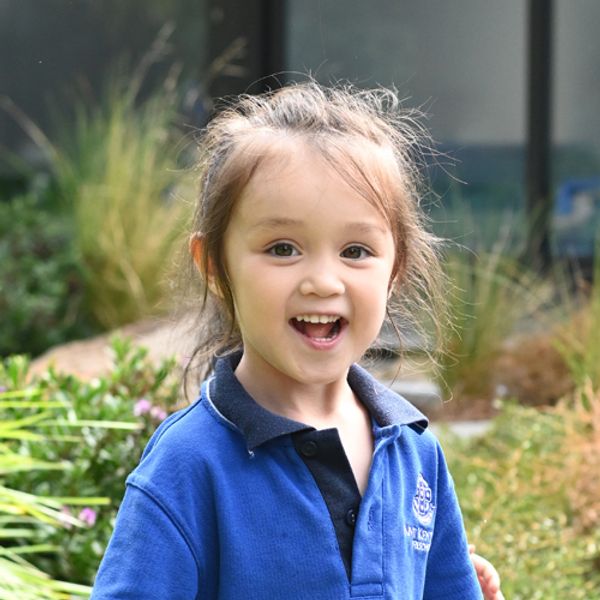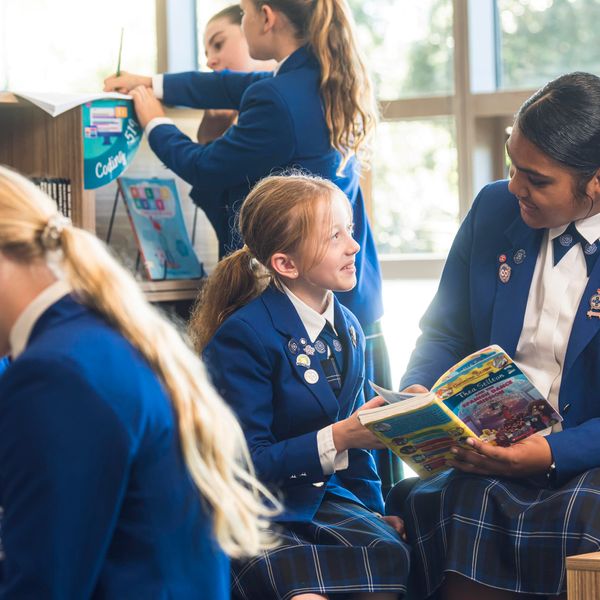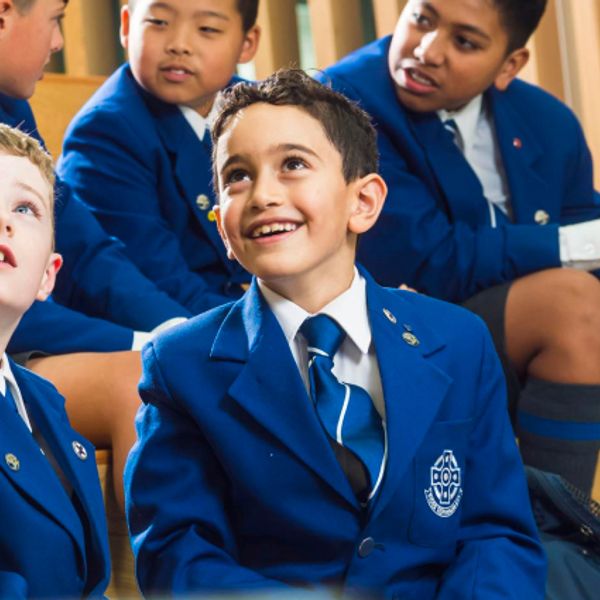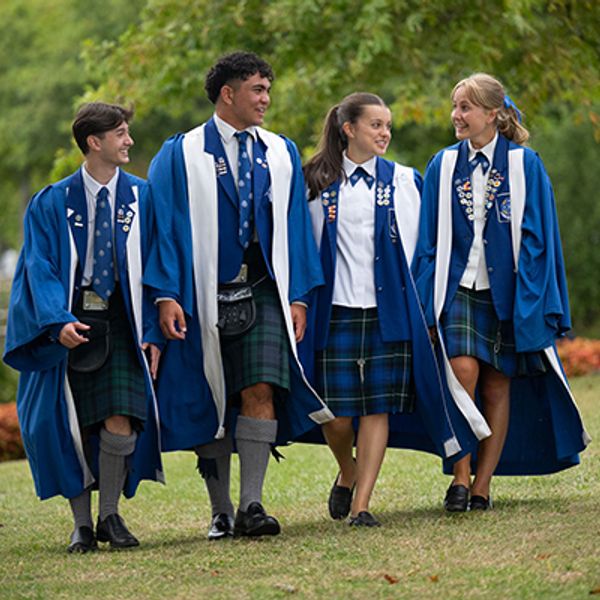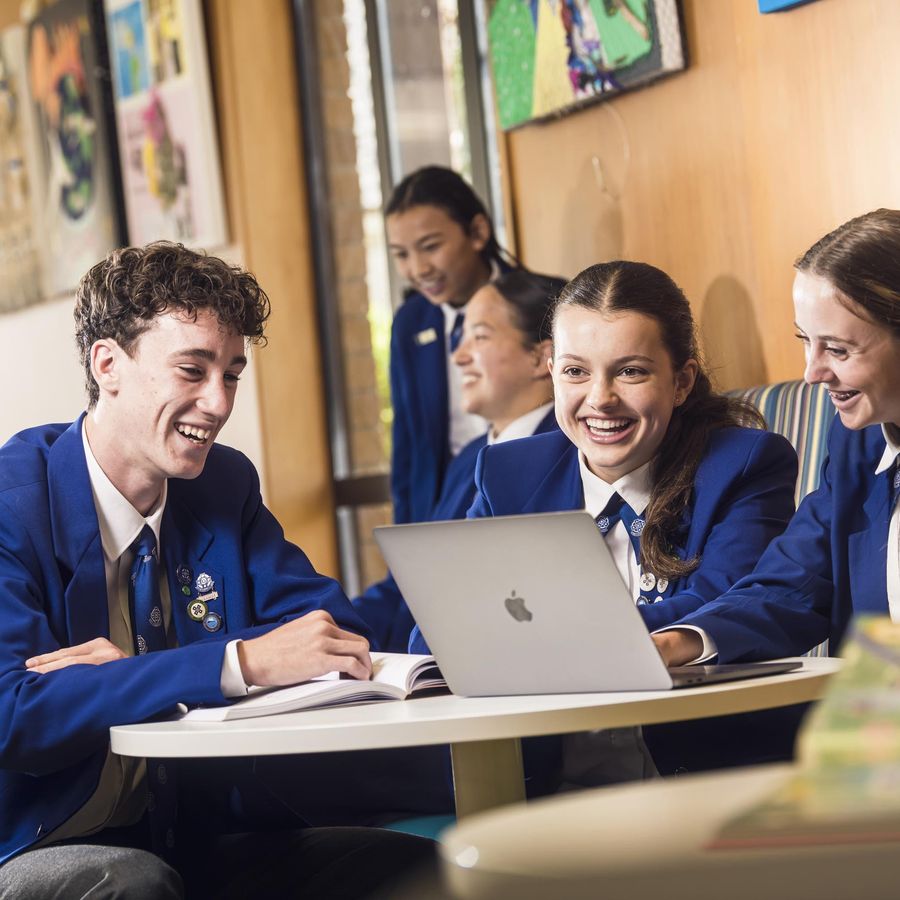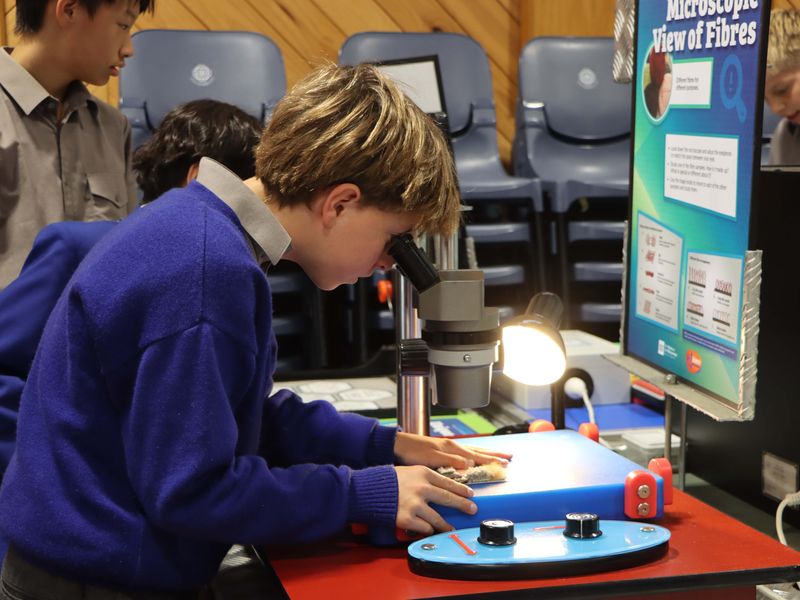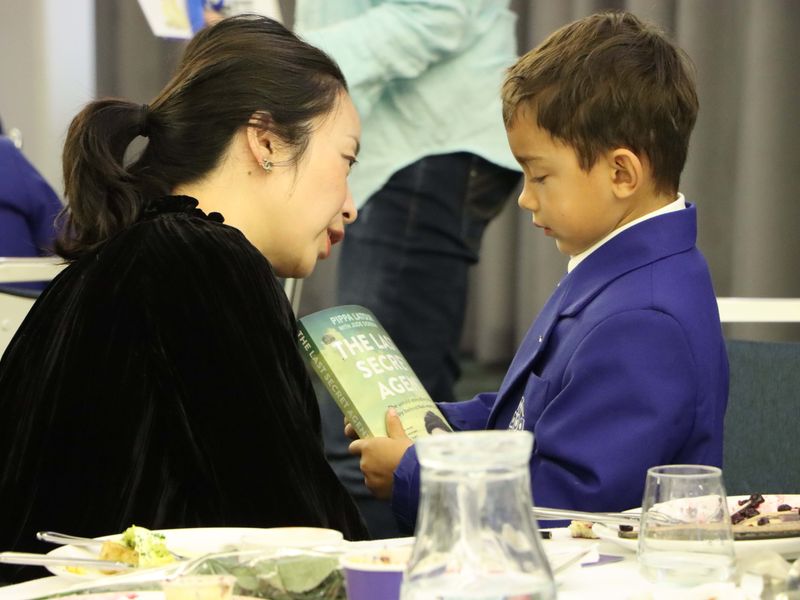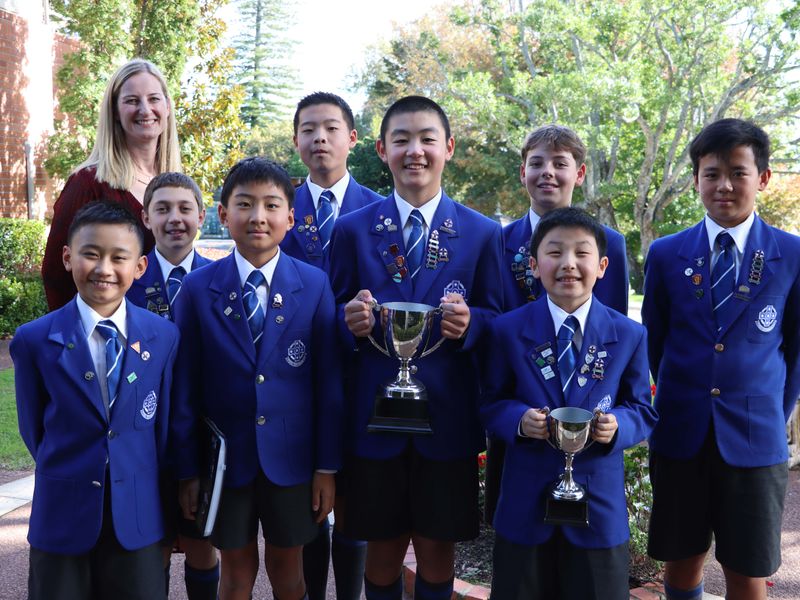
Zoo Snooze 2017
Zoo Snooze 2017
October 27, 2017 at 3:50 PM
Whilst the spirit of Kashin and Burma lives on in the Old Elephant House at Auckland Zoological Gardens, thankfully the smell has long gone – just as well, as the former housing for the zoo’s elephants now provides eating and sleeping quarters for school groups taking on the ‘Zoo Snooze!’
Each year, our boys in Year 3 have the chance to visit the zoo for a night time, torch lit safari and sleepover. For many, this is their first time away from home overnight so the excitement levels are always high!
As the gates closed to the general public at 5pm, the zoo became the domain of just over 20 boys on each of the two nights, along with their accompanying teacher and parent helpers. Before dinner, they set off with maps in hand to see how many animals they could spot before they, too, bedded down for the night. Each small group had a well-protected Ipad and the boys thoroughly enjoyed the chance to take photographs and short movies to turn into iMovies on return to school. Each boy had a ‘favourite’ animal to share but the up-close encounters with the curious keas were high on the list.
Dinner was a barbecue prepared by zoo staff, following which, the boys were tasked with preparing their bedding for the evening – by the looks of it, a first time experience for some! I wonder what Kashin and Burma would have made of all the super-hero sheets lining their former sleeping quarters?
Whilst they waited for the sun to set, the zoo staff asked the boys to put on their thinking caps as they were organised into two games. The first required their problem solving skills as they worked out which two animals had been raiding the stores, based on animal related clues. The next game required them to work their way through a set of ‘true or false’ statements about wild animals. Yes, tarantulas may lay up to 700 eggs in a year; white rhinos aren’t white*, they are grey; not all monkeys can swing by their tails; a giraffe has the same number of bones in its neck as a human; and elephants are not the largest animals in the world, blue whales are – which despite being the biggest, survive on the smallest animal - plankton!
The boys got a look at the behind the scenes food stores, including the freezers. They learnt about the role that food can play in behaviour enrichment, as so many food sources have interesting smells. Who would guess that lions love a coffee fix, rolling round in coffee grounds, or that tigers love cinnamon! Peanut butter smeared between the pages of a book can keep an orang-utan engaged for hours. As can frozen ice blocks – not the sort we are familiar with, but in bucket sizes possibly containing fruit, fish or blood and meat depending on which animal it’s destined for! And just like us, animals don’t like taking medicine, so peanut butter and bananas do a good job of disguising the taste!
As twilight fell, the boys prepared their torches, covered in red cellophane, for their after dark outing. Whilst animals may have been hard to spot, the boys learnt heaps of new facts such as zebras are often found with giraffes as the taller animal’s height advantage can spot danger sooner. They also learnt that whilst cheetahs are the fastest animal on land, the peregrine falcon has the edge overall in the animal kingdom. The much maligned great white shark is not nearly as dangerous as hippos, which kill more people in Africa than any other animal! Who knew the cheetah purrs like a cat and can’t roar? Or that the tiny mosquito is the cause of most ‘animal related’ deaths. And the most dangerous mammal? The human.
And so late into the evening, a group of tired but happy boys retired to their beds in Kashin and Burma’s former sleeping areas for a good night’s sleep!
Our sincere thanks to Ms Rachael Fullard, Mr Blair Walker and Mrs Patsy Hindon for organising this opportunity and to the parents who gave their time to assist and bed down amongst the boys for the night.
*White Rhinos
Early English-speaking settlers in South Africa misinterpreted the word ‘wijd’ for ‘white’ and so the rhino with the wide (wijd) mouth ended up being called the white rhino, whilst the rhino with the narrow pointed mouth was called the black rhinoceros.
